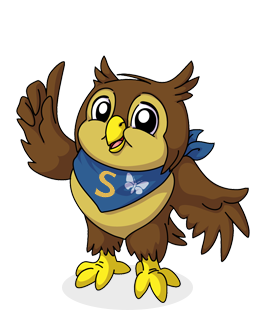“Design is not just what it looks like and feels like; design is how it works.” – Steve Jobs
Design and Technology is an inspiring, rigorous and practical subject. Design and Technology encourages children to learn to think and intervene creatively to solve problems both as individuals and as members of a team. At Southill, we encourage children to use their creativity and imagination, to design and make products that solve real and relevant problems within a variety of contexts, considering their own and others’ needs, wants and values. We aim to, wherever possible, link work to other curriculum areas such as maths, English, science, computing and art. The children are also given opportunities to reflect upon and evaluate past and present design technology, its uses and its effectiveness and are encouraged to become innovators and risk-takers.
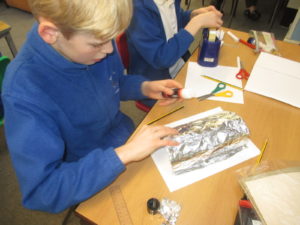
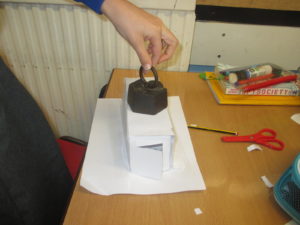
DT is taught through our Cornerstones Curriculum projects.These are planned to ensure that children can achieve depth in their learning. Teachers have identified the key knowledge and skills of each blocked topic and consideration has been given to ensure progression across topics throughout each year group across the school. Recent topics have included castles in Year 2, musical instruments in Year 4 and Anderson shelters in Year 6.
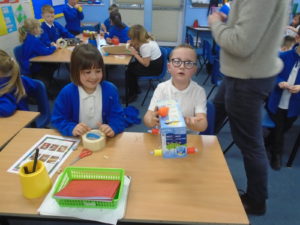
All teaching of DT should follow the design, make and evaluate cycle. Each stage should be rooted in technical knowledge. The design process should be rooted in real life, relevant contexts to give meaning to learning. While making, children should be given choice and a range of tools to choose freely from. To evaluate, children should be able to evaluate their own products against a design criteria. Each of these steps should be rooted in technical knowledge and vocabulary. DT should be taught to a high standard, where each of the stages should be given equal weight.
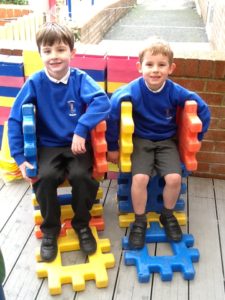
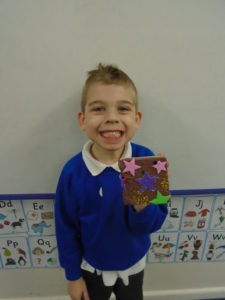
In KS1 this looks like:
Design:
Design should be rooted in real life, relevant contexts to give meaning to the learning.
Planned through appropriate formats: drawing, templates, talking and mock-ups.
Make:
Children should be given a range of tools for their projects to choose from.
Children should use a wide range of materials and components; textiles, construction equipment and ingredients.
Evaluate:
Evaluate existing products.
Evaluate their own products against design criteria.
Find out more by taking a look at the Year 2 class blog link below for their exciting Towers, Turrets and Tunnels topic!
In KS2 this looks like:
Design:
Rooted in real life, relevant contexts to give meaning to the learning.
Researched designs based on functional, appealing products with purpose.
Planned by appropriate methods; annotated sketches, cross-sectional diagrams, prototypes, pattern pieces and computer aided design.
Make:
Children can select from a wider range of tools than KS1.
Children should use from and select a wider range of materials and components; textiles, construction equipment and ingredients.
Evaluate:
Evaluations should be in comparison to existing products.
Children should evaluate against a design criteria.
Children should understand how key events and individuals have helped shape design and technology globally – products are in context!
Why not take a look at Year 4 and their musical instruments?
And how about some awesome anderson shelters from Year 6!

